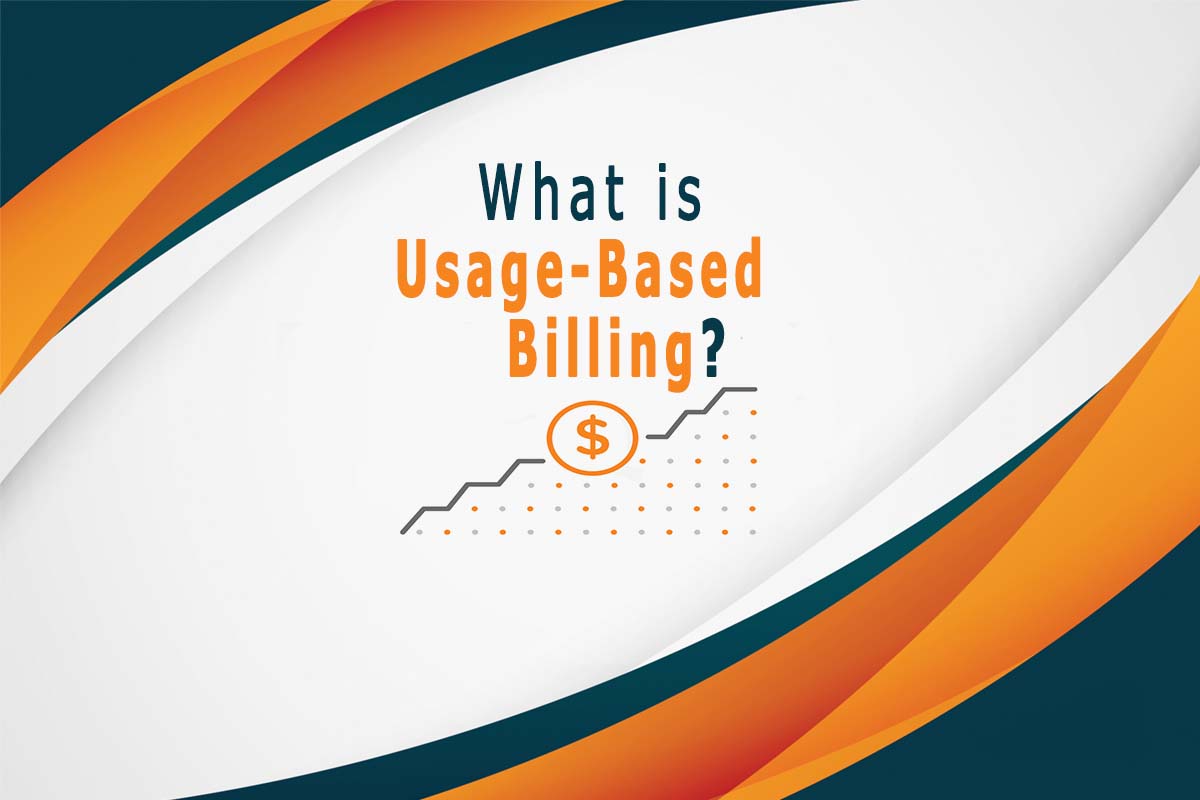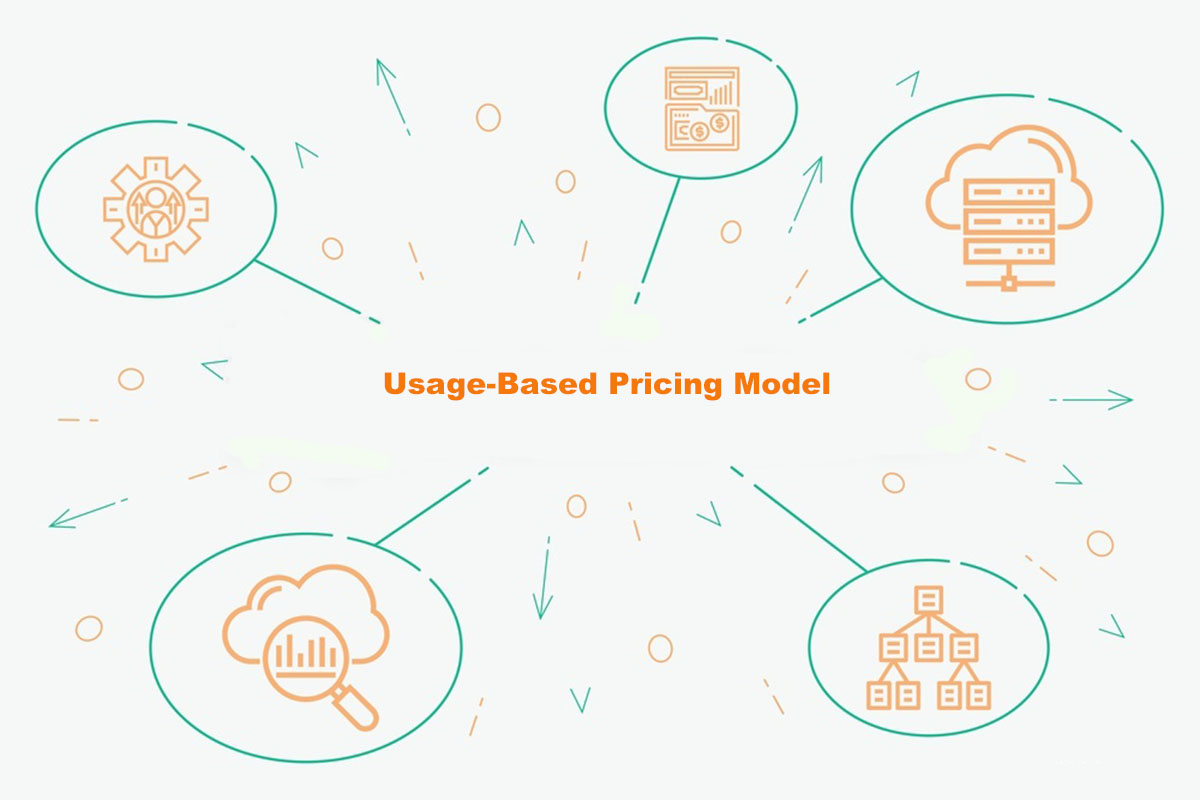
What is Usage-Based Billing?
A billing model which is also called the pay-as-you-go model or metered billing that allows customers to only pay for how much service they have used in their billing cycle.
Instead of confining the price or bill against some service, usage-based billing models track how much a customer has consumed some service and thus, is paid according to that usage. Usage-based billing is an essential billing model in a Software as a Service (SaaS) company. It helps generate a dynamic invoice for customers based on usage.
Understanding Usage-based Billing in SaaS
The usage-based billing model in a SaaS business ensures that a customer avail services and get charged according to what he has used. In traditional terms, the SaaS billing model is used when some business has a clear idea of how much services his customer would use throughout his billing cycle.
For SaaS businesses, a billing system that is centered around the data been used becomes easier when it comes to building a signature payment system. A usage-based billing system incorporates a range of factors after the appropriate model is designed. For example, from automated pricing to a payment system, business revenue optimization to customer communication as well as SaaS reporting.
Along with the key aspect of business reputation, usage-based pricing models play a fair game and give opportunities to startups to start monitoring usage-based records of customers from day one for better business scalability and growth.
Challenges to SaaS Companies
Today, SaaS businesses face many challenges with respect to the changing trends and expectations of customers. Even after the development of a SaaS business, it takes some time and a high cost to decide an appropriate billing model that aligns well according to the demands of the clientele base.
While selecting a billing model, there are certain elements that need to be taken into account. These correspond to automation, chargebacks, dunning management, failed payments management, recurring billing, user authentication, and optimized customer experience. Other than this, when it comes to the usage-billing model, another important aspect refers to the value metric.
For instance, the value of the price is not always associated with the usage, it sometimes considers product value metric. It is therefore important to determine the correct value of the service/product that satisfies the predictability, growth, and alignment to set a scalable usage-based pricing model. Moreover, track the usage of services in a specific period of time and bill customers’ appropriate price at the right time.
Key Steps to Usage Billing
While selecting a usage-based billing model, there are some key steps that should be taken into account for successful business growth strategy:
- Identify the product value metric based on the number of users at your platform, the amount of data a customer uses on average, and the number of sub-services/events customers would require to process. After determining the three attributes, establish a well-aligned pricing model for your business.
- With the usage-based billing model, businesses can select one which suits them the best. For example, per unit pricing model, tiered pricing model, volume-based pricing model, or a flat-fee pricing model, etc.
- Monitor the usage of services by collecting and cleaning up the usage records. This helps keep records of the services used (or events called) by each user specifically.
- Rate the customer based on usage. This can be done by identifying and making sense of the usage done by users and how much to charge them accordingly.
- After setting up the appropriate charges against certain services, the next step is to bill the customer.
To sum up, a usage-based billing model increases business reputation for the customers which are new and sign up to get subscription-based services. The user would be charged according to the usage of a particular service that highly contributes to customer satisfaction and ultimately streamlined the revenue streams with guaranteed profits.
Read more: A Definitive Guide: Top SaaS Billing Models for SaaS Businesses
How SubscriptionFlow enables Usage-based Billing Model?
As per the trending SaaS businesses and advanced business needs, SubscriptionFlow offers a billing platform. With a range of usage-based pricing models, SubscriptionFlow provides essential attributes that help businesses extend the usage-based billing model to customers. For SaaS businesses that employ a subscription-based pricing strategy, we help you monitor the usage by customers and charge them accordingly in a specified billing cycle.
With a range of pricing models, SubscriptionFlow provides flexibility to SaaS businesses to adopt a method that suits them according to the business requirements and value metric. With highly tailored and customized subscription billing services, SubscriptionFlow ensures faster and seamless customer onboarding, enhanced customer experience, and growing business revenue. Satisfied customers contribute to increased brand reputation and thus give wings to the business revenue in a shorter period of time.










